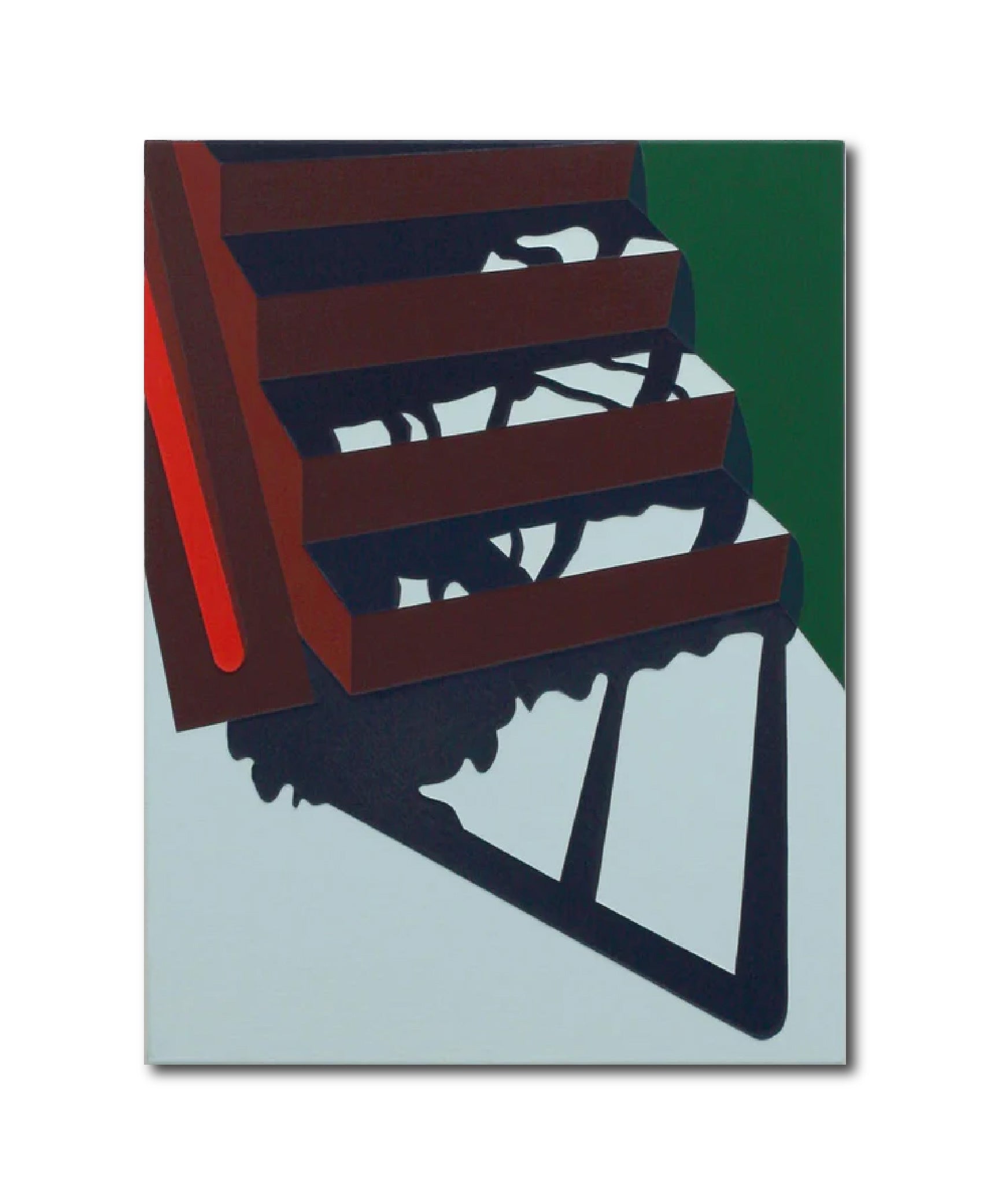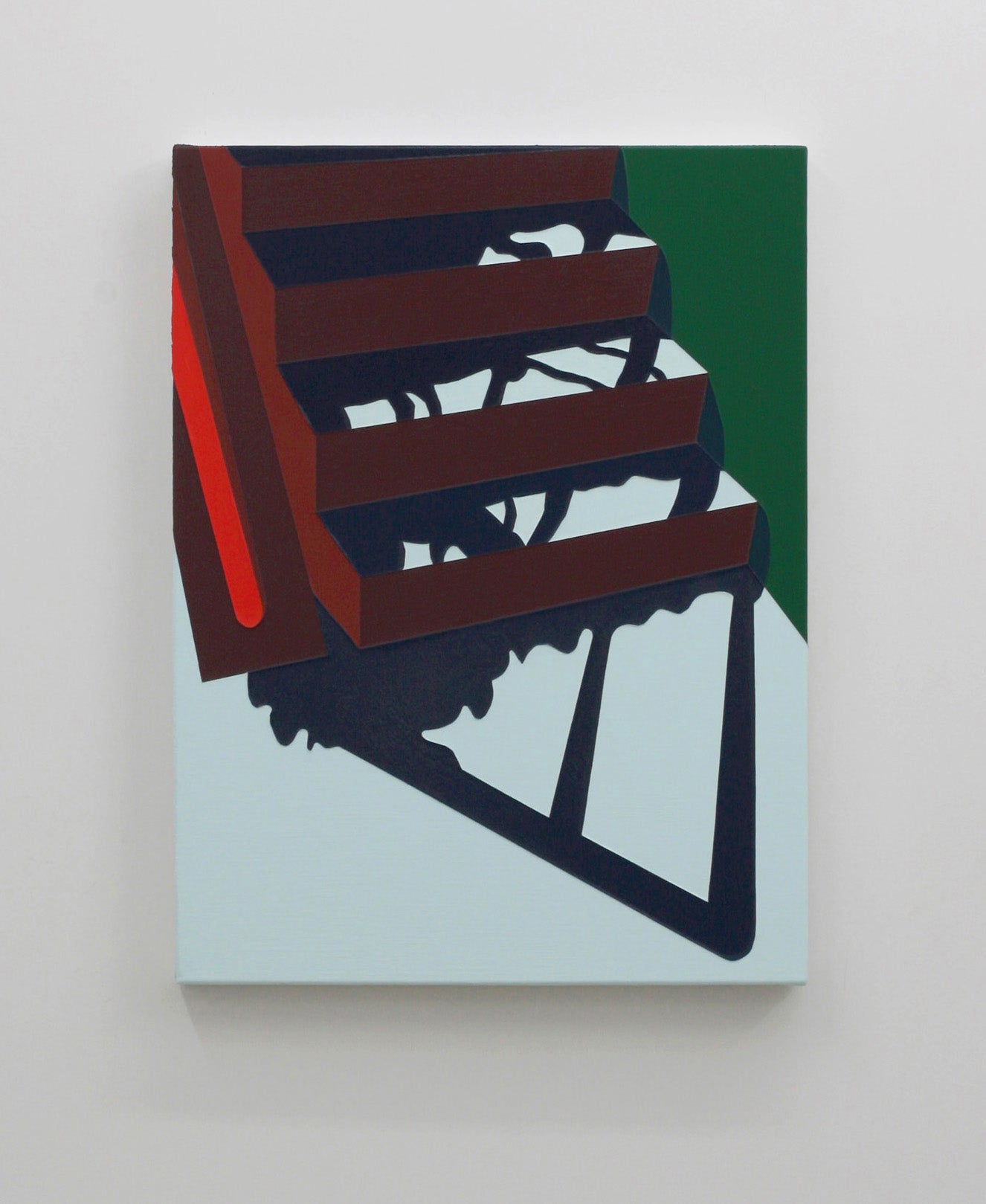




'STEPS' - Acrylic on Canvas
Artist: Katherine Lubar
Certification of Authenticity: Apricus Art Collection
Signature: Signed by Artist
This painting is based on a shadow I saw on my front steps. The vegetation and railing on the left threw an interesting and slightly ominous shadow across the steps that appears to be approaching the viewer.
Choose options





'STEPS' - Acrylic on Canvas
Sale price$1,525.00 USD
Regular price

Artist Biography
Artist Statement

